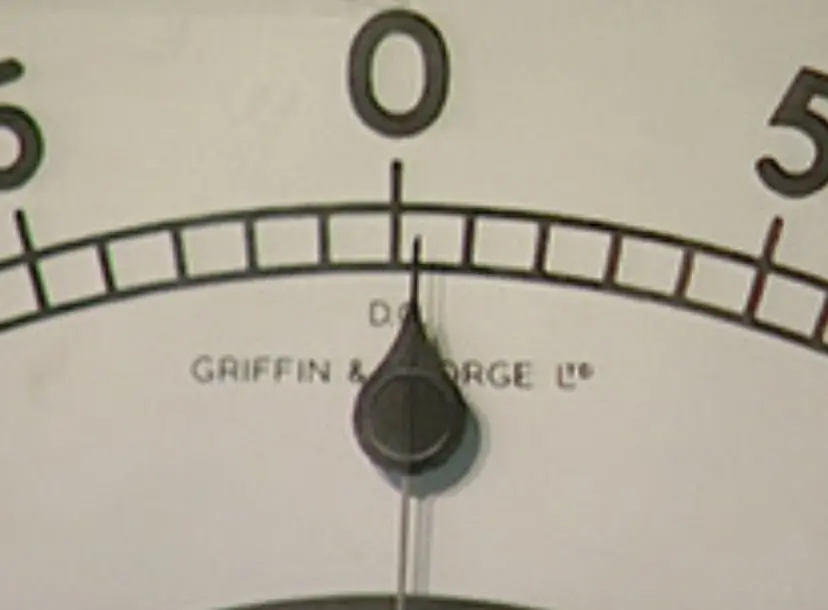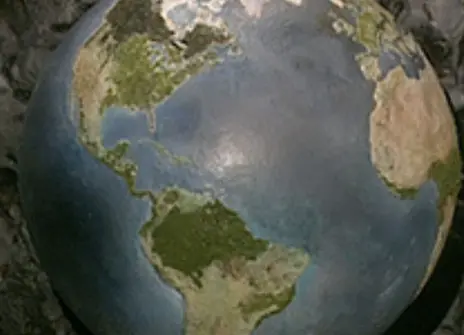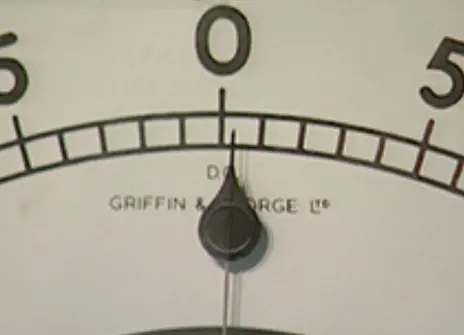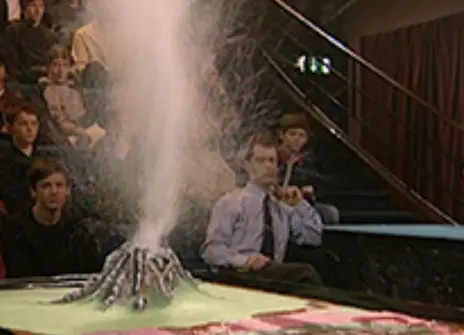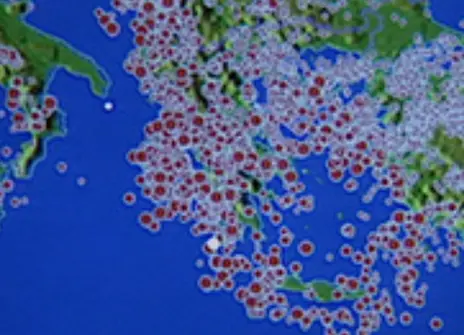Lecture 2 – Secrets of the deep
From the 1995 lecture programme:
Viewed from space, one of the remarkable features of our planet is that it has continents and oceans. Furthermore, a space traveller flying past every fifty million years, which is not long in the history of the Earth, would see a quite different arrangement of continents every time. The planet looks alive!
The changing pattern of the continents and oceans is the great characteristic of the Earth, and the discovery of how this movement occurs is one of the most exciting scientific stories of modern times. It is a remarkable story of how new instruments, designed to make new or more accurate measurements, led to a range of discoveries that could all be interpreted in a single simple vision known as plate tectonics.
The key to this understanding lay not in the continents at all, but in the oceans, which had remained largely unexplored and unknown. The oceans turned out to have a record of their history as precise as tree rings or a magnetic bar code, and with it came the history of relative motion between the continents. These motions are not fast by our standards — a few centimetres per year — but by geological standards they are very rapid, sufficient to carry a plate ten times round the Earth in the Earth's lifetime! With modern satellite-based technology we can now measure plate motions directly, at even the millimetre-per-year level.
As a description of what is happening in the oceans, plate tectonics is so simple, powerful and accurate that it has dominated our view of the Earth' s behaviour for the last twenty-five years. But there are some problems: it is very difficult to define plate boundaries on the continents, and, although most volcanoes are located near plate boundaries in the oceans, where does the liquid they produce come from?
About the 1995 CHRISTMAS LECTURES
From the 1995 lecture programme:
We need to understand how our planet works. Catastrophes such as volcanic eruptions, earthquakes, climate change and sea level rise are starting to have a huge impact on our lives as our population increases and we colonise every available corner of the world, particularly the coastlines. Yet at the same time these phenomena, which are disasters to us, are a natural part of the way the Earth behaves.
We can use them as tools to see deep inside the Earth, to see how the planet is put together, and how it changes with time. Our understanding of how the Earth works has just undergone its biggest change since we realised that the Earth orbited the Sun. Scientists used to see the Earth as a planet whose surface had been the victim of random and unexplained events, such as mountain building and changing climate. Now we know that what we see at the surface is caused by vigorous motions deep inside the Earth — motions that are slow compared with our lifetimes, but are very fast compared with the life of the Earth itself. Far from living on a dead lump of rock in Space, we are living on jelly, but didn't realise it! These lectures trace the story of how and why our views changed — from a fumbling suspicion that continents had moved around, through a detailed reconstruction of how the pieces fit together, to the present, where we can measure the motions directly and see them going on. It is a story in which chasing a clue to one puzzle has often produced unexpected results and paradoxes.
Extraordinary leaps in understanding have come from the development of new tools — usually measuring instruments designed for purposes quite unconnected with their most famous discoveries. The Earth Sciences have come a long way from the Victorian image of a lonely geologist wandering the mountains with a hammer, so that measurements at the atomic or sub-atomic level can reveal the processes behind events as grand as ice ages. Nor are we restricted to our own planet: as we continue to explore the solar system and beyond we are discovering why the Earth is so special, and what series of accidents or processes have made it so suitable for us to live on. But the story does not yet have an ending: the Earth has a habit of letting us solve one puzzle only to make us realise it is part of an even bigger mystery we don't understand.
